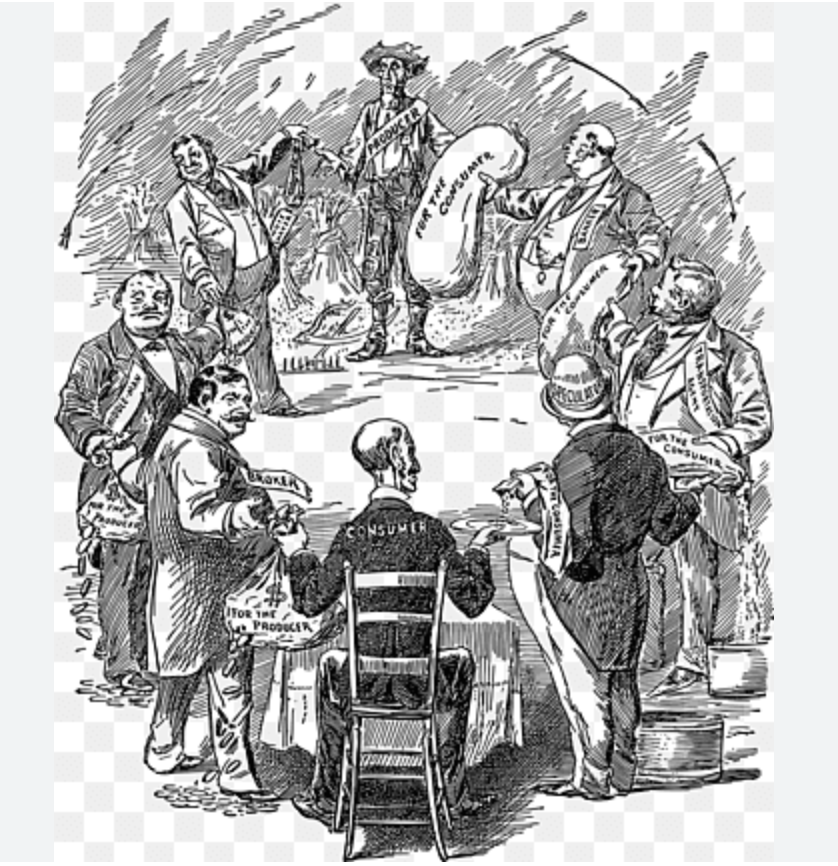Follow the money
/For several years now, I’ve been kvetching about these government subsidies to cable companies and “rural high-speed internet” initiatives, but the money keeps flowing even though Starlink service would be far, far cheaper. I wonder why?
THERE’S NOTHING LESS AFFORDABLE THAN ANYTHING GOVERNMENT TRIES TO MAKE MORE AFFORDABLE: The $53,000 Connection: The High Cost of High-Speed Internet for Everyone.
Nebraska’s Winnebago Tribe has long been stuck with sluggish internet service. The federal government plans to fix that by crisscrossing the reservation with fiber-optic cable—at an average cost of $53,000 for each household and workplace connected.
That amount exceeds the assessed value of some of the homes getting hookups, property records show. While most connections will cost far less, the expense to reach some remote communities has triggered concerns over the ultimate price tag for ensuring every rural home, business, school and workplace in America has the same internet that city dwellers enjoy.
“The problem is, money is not infinite,” said Blair Levin, a senior communications policy official in the Clinton and Obama administrations who is now an equity research analyst. “If you’re spending $50,000 to connect a very remote location, you have to ask yourself, would we be better off spending that same amount of money to connect [more] families?”
The U.S. has committed more than $60 billion for what the Biden administration calls the “Internet for All” program, the latest in a series of sometimes troubled efforts to bring high-speed internet to rural areas.
Plus: “In Montana, laying fiber-optic cable to some remote locations could cost more than $300,000 per connection, said Misty Ann Giles, director of Montana’s Department of Administration. Building to those places would empty the state’s coffers, she said: ‘That’s when we might not reach everyone.'”
Ya think?
Private Enterprise: Rural users in most places in the US can get Starlink up and running for $599 in hardware, do-it-yourself installation in most cases, and $120 a month for high-speed service.
How much is being diverted to these boondoggles? Here’s just one example, from Maine.
Maine’s 2020 Broadband Plan estimated the total cost to build out 17,502 miles currently unserved by fiber-optic or coax cable would be at least $600 million. To advance digital equity for all Mainers, regardless of ZIP Code, in 2021 the state created the Maine Connectivity Authority, a quasi-public agency, to leverage state and federal investment in broadband infrastructure through partnerships with private providers and rural communities.
Stupidity and ignorance is expected in any government plan, of course, but at this level, with so much money being passed around, it doesn’t take much of a cynic to suspect that there are palms being greased and wallets stuffed.

